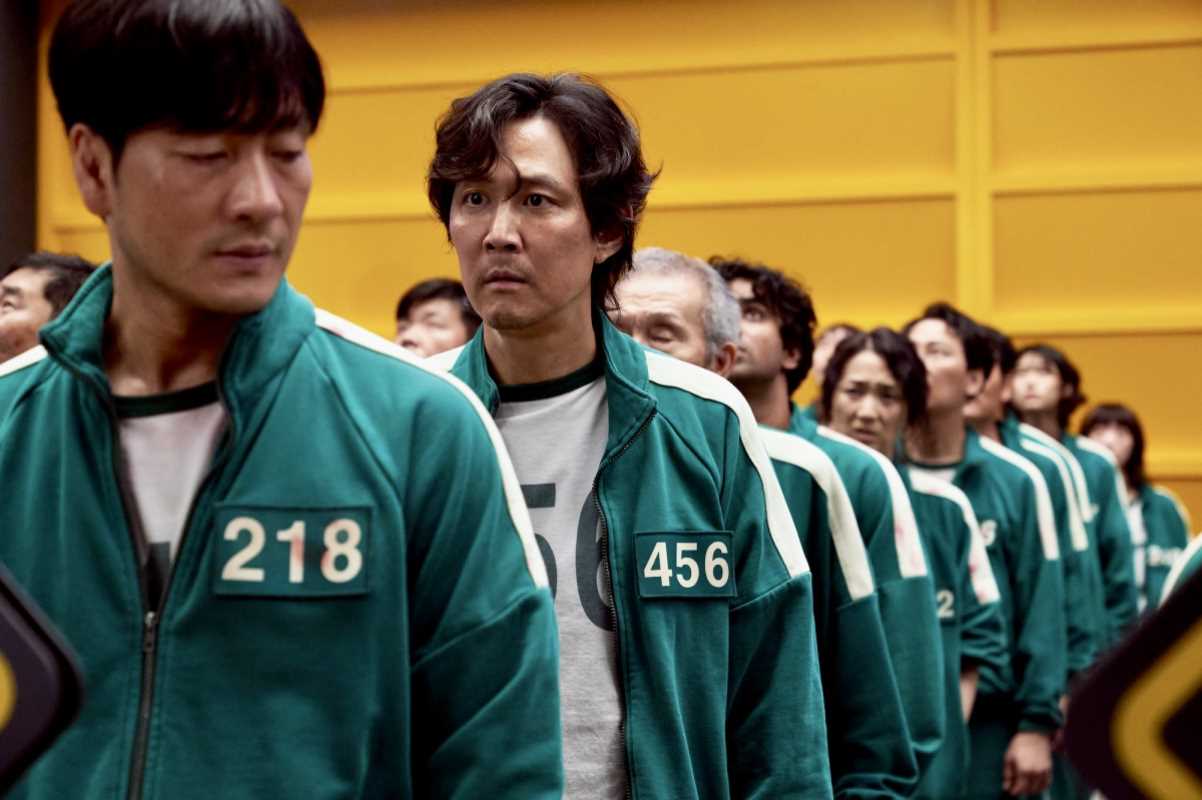For decades, Hollywood has been criticized for its lack of diversity. Too often, the same types of stories, told by the same kinds of people, dominated the big and small screens. But in recent years, the rise of streaming platforms like Netflix, Hulu, and Amazon Prime Video has started to shift the narrative. These platforms aren’t just changing how we consume content; they’re also transforming who gets to create it and what kinds of stories are being told.
Streaming platforms have opened up new doors for diverse storytelling by amplifying voices that traditional media often overlooked. From showcasing international filmmakers to empowering underrepresented communities, the digital age of entertainment is finally giving audiences a broader range of stories to enjoy. But how exactly are streaming platforms making this change happen, and why does it matter? Let's take a closer look.
Breaking Free from Traditional Gatekeepers
One of the biggest reasons streaming platforms have been able to champion diversity is that they operate outside the traditional studio system. For years, major studios and networks held all the power in deciding what stories made it to screen. Decision-makers often relied on outdated assumptions about what would sell, leading to limited representation.
Freedom to Take Risks
Streaming platforms are less reliant on box office performance or Nielsen ratings, which gives them more freedom to experiment. A show doesn’t have to appeal to everyone everywhere to be considered a success. This flexibility has allowed platforms to greenlight projects that focus on specific communities, cultures, or experiences, knowing they can still resonate with niche audiences.
Global Reach, Global Stories
Unlike traditional networks, which are often limited to specific regions, streaming platforms have a global reach. This means they can showcase stories from all over the world without worrying about international distribution deals. Platforms like Netflix and Disney+ are actively investing in content from countries like South Korea, India, and Nigeria, introducing audiences to storytelling styles and perspectives they might never have encountered otherwise.
Representation in Front of and Behind the Camera
True representation isn’t just about who we see on screen; it’s also about who’s working behind the scenes. Streaming platforms have been instrumental in creating opportunities for more diverse creators, helping to shift the industry as a whole.
Empowering Marginalized Voices
One of the most significant changes streaming platforms have driven is the rise of shows and movies created by and for underrepresented groups. For example, Netflix’s “Master of None,” created by Aziz Ansari, explores themes of identity, family, and relationships with a focus on immigrant and minority experiences. Similarly, Michaela Coel’s critically acclaimed “I May Destroy You,” which aired on HBO but performed well on streaming, brought raw, unfiltered storytelling about sexual assault and consent to the forefront.
These stories resonate because they come from creators who’ve lived the experiences they’re portraying. With streaming platforms taking chances on these voices, audiences are finally seeing themselves reflected in more authentic ways.
Diversity Behind the Lens
Streaming platforms are also supporting diverse talent in writing, directing, and producing roles. Shonda Rhimes and Ryan Murphy, two big-name writers and producers, were given multi-million-dollar deals by Netflix to create new projects. Both have made it a point to tell stories that center marginalized voices. Rhimes’ “Bridgerton” reimagines Regency-era England with a multiracial cast, while Murphy’s “Pose” spotlights New York’s LGBTQ+ ball culture with an emphasis on transgender representation.
Putting diverse voices in leadership positions ensures that storytelling becomes more inclusive from top to bottom.
Spotlighting International Stories
One of the most exciting ways streaming platforms are changing the game is by showcasing stories from around the world. With just a click, audiences can access content from any culture or country, breaking down barriers that once limited global storytelling.
The Rise of Korean Dramas
Take the global explosion of Korean dramas (K-dramas), for example. Netflix has aggressively invested in South Korean content, offering hit shows like “Squid Game” and “Crash Landing on You” to international audiences. The worldwide success of “Squid Game” proved that subtitles and cultural differences don’t deter viewers when the story is compelling.
Nigerian Nollywood Films
Platforms like Amazon Prime Video are also turning their attention to Nollywood, one of the largest film industries in the world. By featuring Nigerian films and series on their platforms, streaming services are introducing audiences to a wealth of African storytelling. Titles like “The Wedding Party” and “Lionheart” have reached viewers worldwide, exposing them to the beauty of Nigerian culture and perspectives.
Celebrating Indigenous Stories
Indigenous storytelling has also found a home on streaming platforms. Shows like “Reservation Dogs” on Hulu are breaking ground with Indigenous creators, actors, and writers at the helm. These shows go beyond stereotypes, providing a deeper and more nuanced look at Indigenous communities.
Tackling Social Issues with Boldness
Streaming platforms aren’t just diversifying who gets to tell stories; they’re also tackling tough social issues that traditional media has often avoided. From racism and sexism to mental health and economic inequality, streaming originals are addressing topics that matter.
Thought-Provoking Documentaries
Streaming platforms are home to countless documentaries that spotlight critical issues. “13th,” a powerful Netflix documentary by Ava DuVernay, examines the connection between slavery and mass incarceration in the United States. Amazon’s “Time” offers a deeply personal look at the toll of incarceration on one family. These documentaries educate viewers while pushing audiences to think critically about systemic issues.
Narratives That Challenge the Status Quo
Shows like “Orange Is the New Black” and “The Handmaid’s Tale” use fictional storytelling to explore themes of gender, incarceration, and power. By blending entertainment with activism, these series reach wide audiences while encouraging viewers to reflect on real-world inequalities.
Data-Driven Content Decisions
One reason streaming platforms can take so many risks is their ability to gather and analyze data. Unlike traditional TV ratings, platforms like Netflix can see exactly what their subscribers are watching, how long they watch for, and what types of content they gravitate toward.
Knowing Your Audience
This data-driven approach has shown streaming platforms the demand for diverse content. If audiences respond well to a story about one underrepresented group, platforms are more likely to greenlight similar projects in the future. It’s a virtuous cycle that leads to even greater representation.
Giving Niche Audiences a Voice
By relying on data rather than assumptions, streaming services can cater to a wide range of niche audiences. Whether it’s a show about LGBTQ+ teens, an Indigenous comedy-drama, or a Spanish-language thriller, platforms can ensure there’s something for everyone.
Why Diverse Storytelling Matters
At its core, storytelling is about connection. When people see themselves represented on screen, it fosters a sense of belonging and validation. And when we’re exposed to stories different from our own, it builds empathy and understanding.
Representation Inspires Change
The more diverse our storytelling becomes, the more we normalize different perspectives and experiences. This can have a ripple effect, influencing how people view others in their community and beyond.
Encouraging New Generations of Creators
When streaming platforms amplify diverse voices, they inspire younger generations to see themselves as storytellers, too. The success of inclusive content shows aspiring creators from all walks of life that their stories matter and have an audience.
 (Image via
(Image via





